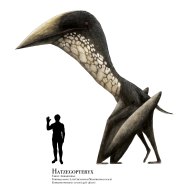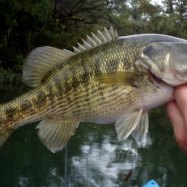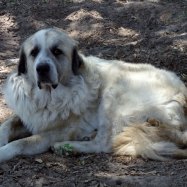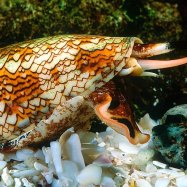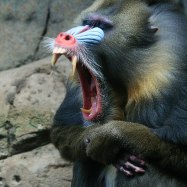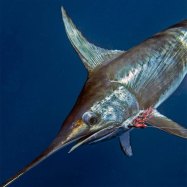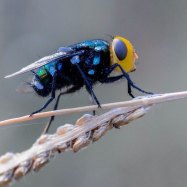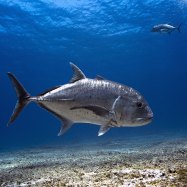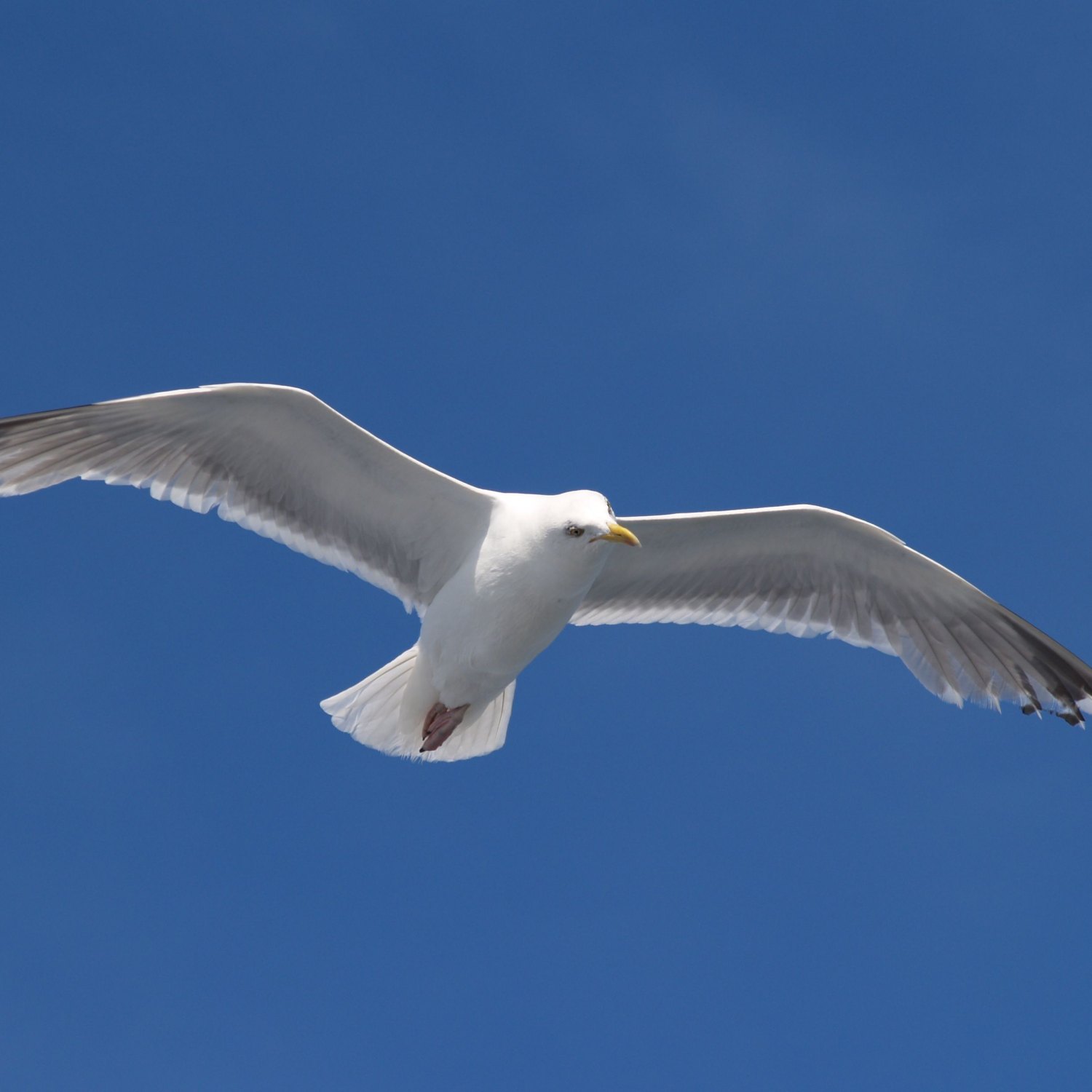
Seagull
15-26 inches
Seagulls are a common sight on coastlines and islands, with their medium to large size and distinctive long wings and pointed beaks. Belonging to the Laridae family, these birds can grow up to 15-26 inches in length. Keep an eye out for these graceful creatures next time you're by the ocean! #seagulls #coastalbirds #naturelovers
Animal Details Summary:
Common Name: Seagull
Kingdom: Animalia
Habitat: Coastlines, beaches, islands, and cliffs
The Magnificent Seagulls: A Coastal Delight
From pristine coastlines to bustling beaches, seagulls are a familiar sight in many coastal areas around the world. These magnificent birds, with their graceful movement and distinctive calls, are more than just a common beach nuisance. In fact, they play a crucial role in maintaining the delicate balance of coastal ecosystems. Let's take a closer look at these fascinating creatures and discover what makes them such an integral part of our coastal environments Seagull.Getting to Know the Gulls
Scientifically known as Larus, seagulls are members of the animal kingdom, phylum Chordata, and class Aves. They belong to the order Charadriiformes and the family Laridae, which also includes terns and skimmers. With a vast range of over 50 species, seagulls have a global presence, inhabiting coastlines, beaches, islands, and cliffs all over the world. These birds have a medium to large body size, ranging from 15-26 inches in length, and are known for their long and pointed beak, which helps them forage for food.An Omnivorous Diet
Seagulls are opportunistic feeders with a diverse diet. They are known to feed on a variety of food sources, including fish, mollusks, insects, crustaceans, and even small mammals. They are also known to scavenge on carrion, human refuse, and discarded food scraps. This varied diet is a crucial aspect of seagulls' survival, as it allows them to adapt to different environmental conditions and food availability.The Coastal Explorers
Unlike some other bird species, seagulls have a highly developed navigational ability, allowing them to explore and move across vast distances Scarlet Macaw. They are known to migrate to different areas depending on the season and food availability. During breeding season, seagulls tend to nest in colonies on coastal islands, cliffs, and sand dunes, which provide them with protection from predators. These colonies can range from a few hundred to thousands of birds, making for a spectacular sight.The Importance of Seagulls in Coastal Ecosystems
Seagulls play a crucial role in maintaining the balance of coastal ecosystems. They contribute to nutrient cycling by consuming and distributing food sources, providing nutrients to the ocean through their excreta. They also help control the population of small prey species and scavenging on dead and dying animals. All these activities help maintain the health of coastal ecosystems and contribute to the overall biodiversity of these areas.Threats to Seagulls
Despite their importance in coastal environments, seagulls face various threats that can have a significant impact on their populations. Habitat loss and degradation due to human activities, such as coastal development and pollution, are some of the most significant issues. Seagulls are also affected by oil spills, plastic pollution, and accidental entanglement in fishing gear. Climate change is another significant threat, as it affects their migration patterns and food availability.Conservation Efforts
To protect seagulls and their habitats, various conservation efforts are underway. Many countries have designated protected areas for nesting colonies and feeding grounds, helping to safeguard their breeding and foraging activities. Organizations also work towards monitoring and mitigating human impacts on coastal environments and advocating for their protection. Educating the public about the importance of seagulls and responsible coastal activities is another essential aspect of conservation efforts.The Delightful Seagulls
Seagulls are more than just a common sight on the beach. These magnificent birds play a crucial role in coastal ecosystems, showcasing their adaptability and navigational prowess. Their graceful movements and distinctive calls add to the charm of coastal areas, making them a delightful sight for tourists and locals alike. So next time you spot a seagull on the beach, take a moment to appreciate and understand the role they play in maintaining the beauty and balance of our coastal environments.

Seagull
Animal Details Seagull - Scientific Name: Larus
- Category: Animals S
- Scientific Name: Larus
- Common Name: Seagull
- Kingdom: Animalia
- Phylum: Chordata
- Class: Aves
- Order: Charadriiformes
- Family: Laridae
- Habitat: Coastlines, beaches, islands, and cliffs
- Feeding Method: Omnivorous
- Geographical Distribution: Worldwide
- Country of Origin: N/A
- Location: Coastlines and islands
- Animal Coloration: White, gray, black
- Body Shape: Medium to large size, long wings, long and pointed beak
- Length: 15-26 inches
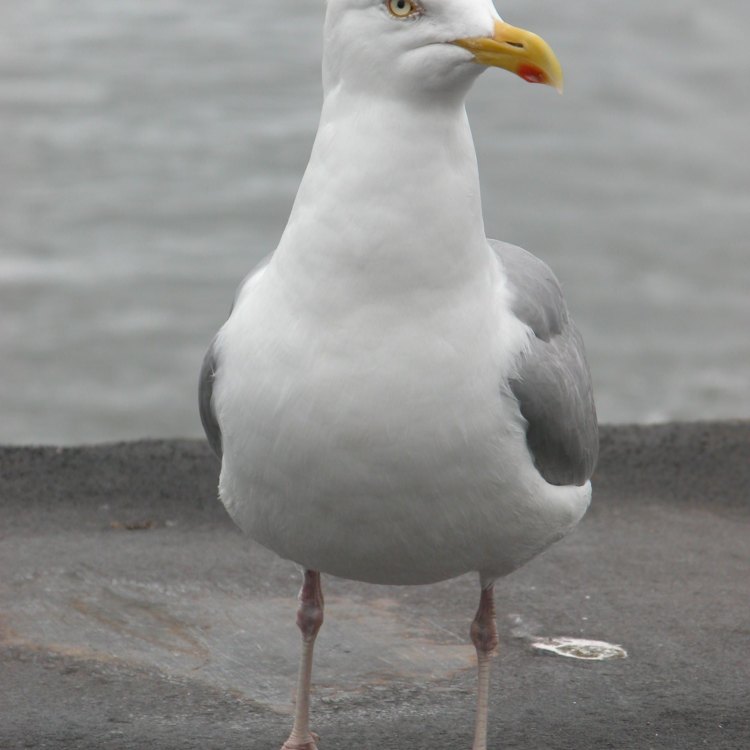
Seagull
- Adult Size: Medium to large
- Average Lifespan: 10-15 years
- Reproduction: Sexual
- Reproductive Behavior: Monogamous
- Sound or Call: Loud squawks and screams
- Migration Pattern: Migratory
- Social Groups: Colonial
- Behavior: Opportunistic scavengers and hunters
- Threats: Habitat loss, pollution, human disturbance
- Conservation Status: Least Concern
- Impact on Ecosystem: Important role in marine ecosystems as scavengers and predators
- Human Use: Tourism, fishing, bird watching
- Distinctive Features: White body, gray wings, yellow beak, webbed feet
- Interesting Facts: Seagulls can drink both fresh and saltwater.
- Predator: Large birds of prey, mammals, and humans
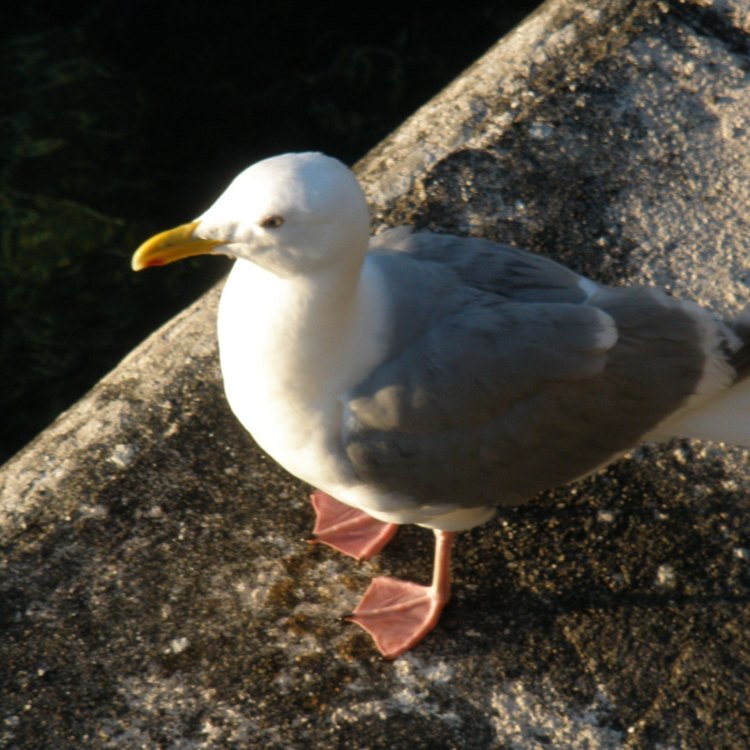
Larus
The Versatile Seagull: A Coastal Icon
When you think of a seagull, you may picture a bird swooping down to snatch some breadcrumbs at the beach or perched atop a post at the pier. But these adaptable birds are much more than just scavengers and beachgoer companions. They play an essential role in coastal ecosystems, have fascinating reproductive behaviors, and are skilled hunters. In this article, we will explore the unique features of the seagull and its impact on the environment and human society PeaceOfAnimals.Com.Adult Size and Average Lifespan
Seagulls, scientifically known as Laridae, come in various sizes, ranging from small to large. On average, they measure around 11-30 inches and have a wingspan of 3-5 feet. The size of a seagull depends on its species, habitat, and diet. For instance, the Herring Gull, one of the largest gull species, can measure up to 26 inches in length, while the smallest species, the Little Gull, only reaches about 13 inches.
In terms of their lifespan, seagulls can live up to 10-15 years in the wild. However, some species, such as the Great Black-backed Gull, can live up to 27 years. In captivity, seagulls can live much longer, with records of some reaching up to 49 years. It's important to note that their lifespan can vary depending on their access to food, water, and habitat, making them a somewhat vulnerable species.
Reproductive Behavior and Social Groups
Seagulls are sexual reproducers and exhibit a unique monogamous behavior Schneagle. This means that they mate with one partner for life and stay together year-round, forming a strong bond. These breeding pairs often return to the same nesting site each year, building a strong and reliable community.
Seagulls typically have a courtship period during the breeding season, which can vary depending on the species and location. During this time, male seagulls will perform elaborate flights to attract a mate, while females will display their nesting skills by gathering materials and building the nest.
Sound or Call
If you've ever been near a seagull, you know they have a distinctive loud squawking and screaming call. These calls serve several purposes, including communication among social groups, warning signals, and calling out for potential mates. Seagulls also have a diverse range of vocalizations used for hunting and foraging, depending on their location and prey.
Migration Pattern
Seagulls are migratory birds, meaning they travel long distances in search of food and breeding grounds. Depending on the species, seagulls often follow a predictable migration pattern, traveling from their nesting sites in the northern hemisphere to warmer areas during the winter months.
Typically, seagulls migrate in large flocks, providing safety in numbers and allowing for easier navigation. These migrations can last up to several months, with seagulls covering thousands of miles to reach their destination.
Behavior and Habitat
Seagulls are opportunistic birds that have adapted well to human environments, making them a common sight in coastal and urban areas. They are highly intelligent and resourceful, utilizing a range of hunting techniques. Seagulls use their sharp beaks to forage for fish, mollusks, and crustaceans, as well as scavenge for human food waste.
Their colonial behavior means that seagulls often form large groups, nesting and roosting in close proximity. This behavior plays a critical role in finding food and providing protection from predators. However, this also makes them vulnerable to threats such as habitat loss, pollution, and human disturbances.
Threats and Conservation Status
The seagull's adaptability has helped them thrive in different environments, but they are still facing several threats to their population. These threats include the loss of nesting sites due to urbanization and commercial development, pollution from oil spills and litter, and disturbance from human activities such as fishing and tourism.
Fortunately, the conservation status of seagulls is currently listed as Least Concern on the International Union for Conservation of Nature's (IUCN) Red List. This is due to their widespread distribution and large populations, as well as efforts to protect their habitats. However, continued conservation efforts are necessary to ensure their survival and the balance of coastal ecosystems.
Impact on Ecosystems
Seagulls play an essential role in marine ecosystems as both scavengers and predators. They help to keep shorelines clean by consuming dead fish and other marine organisms, preventing the spread of diseases. They also act as predators, controlling the population of small crustaceans, fish, and mollusks, maintaining a balance in the food chain.
Moreover, the presence of seagulls in coastal areas is a testament to the overall health of the ecosystem. As sensitive indicators of environmental changes, the population of seagulls can reflect the effects of pollution, overfishing, and climate change on our oceans.
Human Use and Interesting Facts
Seagulls have been a part of human society for centuries. They are used for several purposes, including tourism, fishing, and bird watching. Their distinctive white bodies, gray wings, yellow beaks, and webbed feet make them an iconic bird on many coastlines, attracting tourists and bird enthusiasts worldwide.
In addition to their unique features and behaviors, seagulls also have some interesting facts. For example, they can drink both fresh and saltwater, thanks to their specialized glands that filter out the salt. And while humans may see seagulls as merely scavengers, they are also skilled hunters, catching fish with their sharp beaks and dipping them in water to help them swallow larger prey.
Predators and Human-Wildlife Conflict
As with any species in the wild, seagulls have predators. These include other large birds of prey, such as eagles and hawks, and larger mammals such as foxes. However, one of the biggest threats to seagulls is human-wildlife conflict.
As coastal development continues to encroach upon their habitats, and human activities contribute to pollution and disturbance, seagulls can become aggressive and opportunistic. This behavior can lead to conflicts with humans, particularly when they try to steal food or nesting materials. It's essential for humans to coexist and respect these birds, as they play a vital role in our coastal ecosystems.
In conclusion, seagulls may seem like just a common bird by the beach, but they have so much more to offer. Their adaptability, unique features, and important roles in ecosystems make them an essential species to protect and conserve. So the next time you see a seagull, take a moment to appreciate their beauty and significance in the coastal landscape.
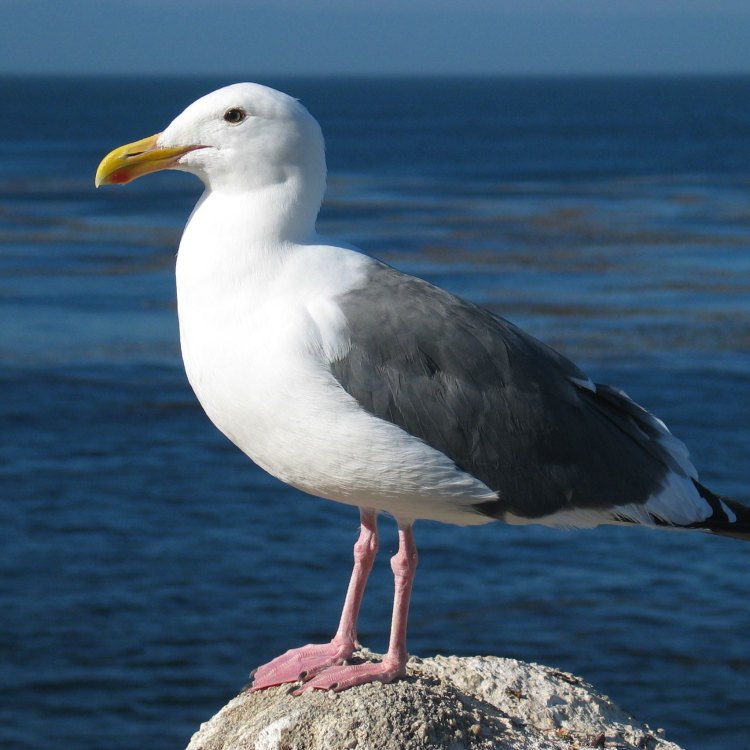
The Magnificent Seagulls: A Coastal Delight
Disclaimer: The content provided is for informational purposes only. We cannot guarantee the accuracy of the information on this page 100%. All information provided here may change without prior notice.

